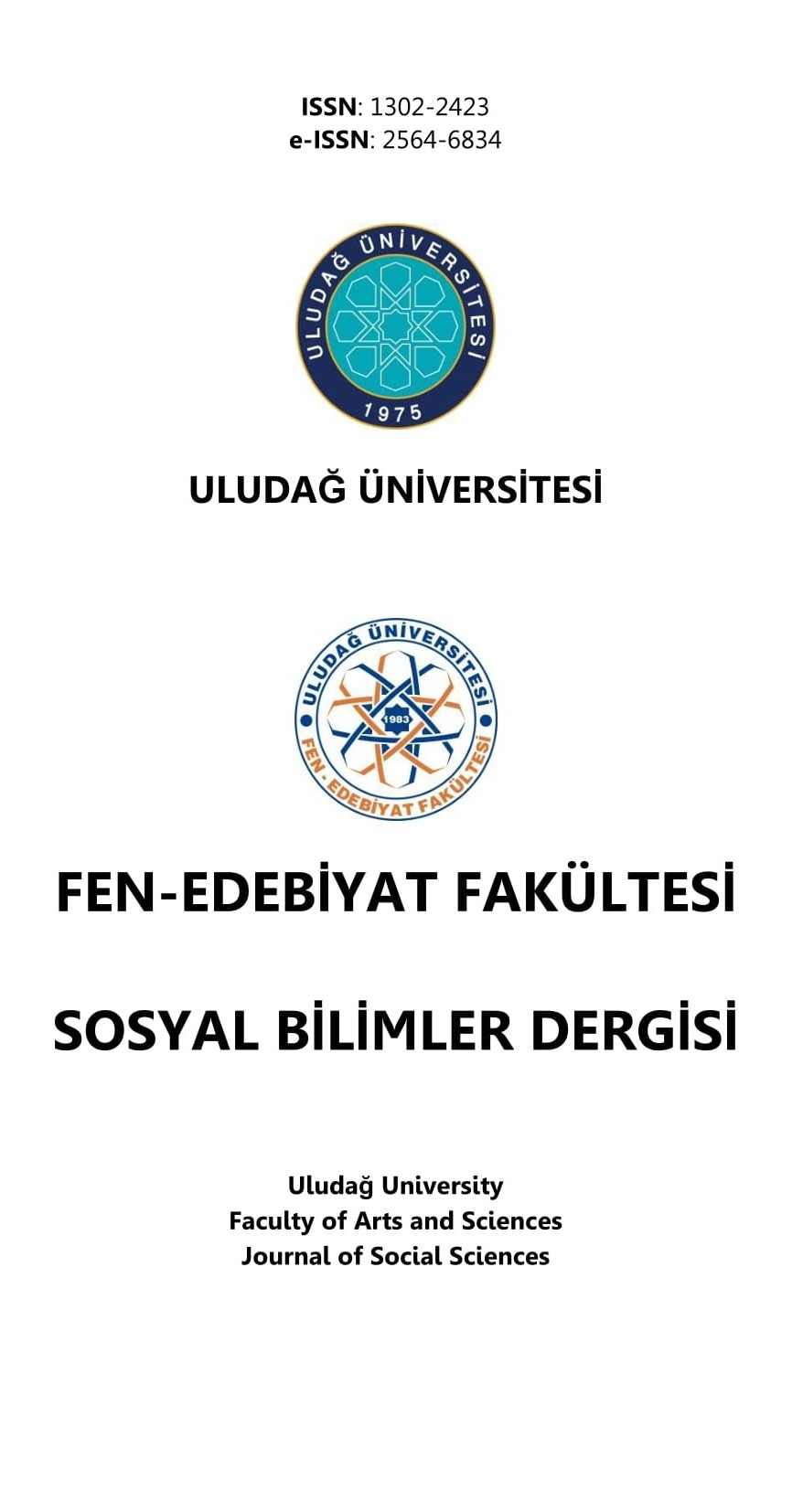ÂŞIK MEVLÜT İHSANÎ’NİN HALK HİKÂYELERİNDE DEĞERLER
Türklerde yazılı dönemden önce de millî ve sözlü edebiyat vardır. Sözlü edebiyat, yazılı edebiyat döneminden sonra da devam etmiştir. İslâmiyet’in kabulünden sonra da yazılı edebiyat yanında bu edebiyat -Türklerin farklı medeniyet dairelerinin tesiri altına girdikleri zaman da- yine kuvvetle yaşamaya devam etmiştir. Sözlü edebiyatın en önemli örneği destanlardır. Destan geleneği, sezdirme yoluyla “değer aktarımı” da gerçekleştirir. Türklerde destan ve hikâye söyleme geleneğinin İslamiyet sonrası en önemli örneğini Dede Korkut Hikâyelerinde görürüz. Bu hikâyeler, epik destandan halk hikâyesine geçişin örneğidirler. Türk halk hikâyeleri, 15. yüzyıldan itibaren eski destanların yerini almış, âşıklar tarafından söylenmiş ve yayılmıştır. Halk hikâyeleri, destan döneminden itibaren mitolojik özellikleri, tarihî değerlerimizi, kültür unsurlarımızı içinde barındıran ve aktaran bir özellik gösterir. Yüzyıllarca Türk milletinin estetik zevk ve eğitim ihtiyacını karşılayan halk hikâyeleri, günümüzde de bu özellikler yönünden büyük değer taşımaktadır. Bu sebeple, Fikret Türkmen ve Mustafa Cemiloğlu tarafından derlenmiş olan Âşık Mevlüt İhsanî’nin Halk Hikâyeleri içerdikleri değerler yönünden incelenmiştir.
Anahtar Kelimeler:
Âşık Mevlüt İhsanî, Sözlü Anlatı, Destan, Halk Hikâyeleri, Değerler
Values in the Folktales Ashık Mevlut Ihsani’s
There is national and oral literature in Turks before the written literature period. This type of literature (i. e. national and oral literature) has kept to survive after Islam besides the written literature, even when Turks were affected by different civilizations. Epics are the most significant example of oral narrative. Epic tradition also realizes value transfer through induction. The most significant example of traditional Turkish epic and folktale narration after the acceptance of Islam is the tales of Dede Korkut. These tales make an example for the transition from epic legends to the folktales. Turkish folktales have replaced with the old epic sagas since the 15th century and have been narrated and spread by ashiks. Folktales contains and sustains mithological, historical and cultural features from the saga period. Covering the aesthetical, entertainment and education needs of Turkish people for centuries, these folktales possess the utmost value for the mentioned features. For this reason, Folktales of Ashik Mevlut Ihsani collected by Fikret Turkmen and Mustafa Cemiloglu is studied on the aspect of the values they contain.
Keywords:
Ashik Mevlut Ihsani, oral narrative, epope, folktales, values,
___
- Köprülü M. Fuad (1981), Türk Edebiyat Tarihi, İstanbul: Ötüken Yayınları
- Başlangıç: 1999
- Yayıncı: Bursa Uludağ Üniversitesi
